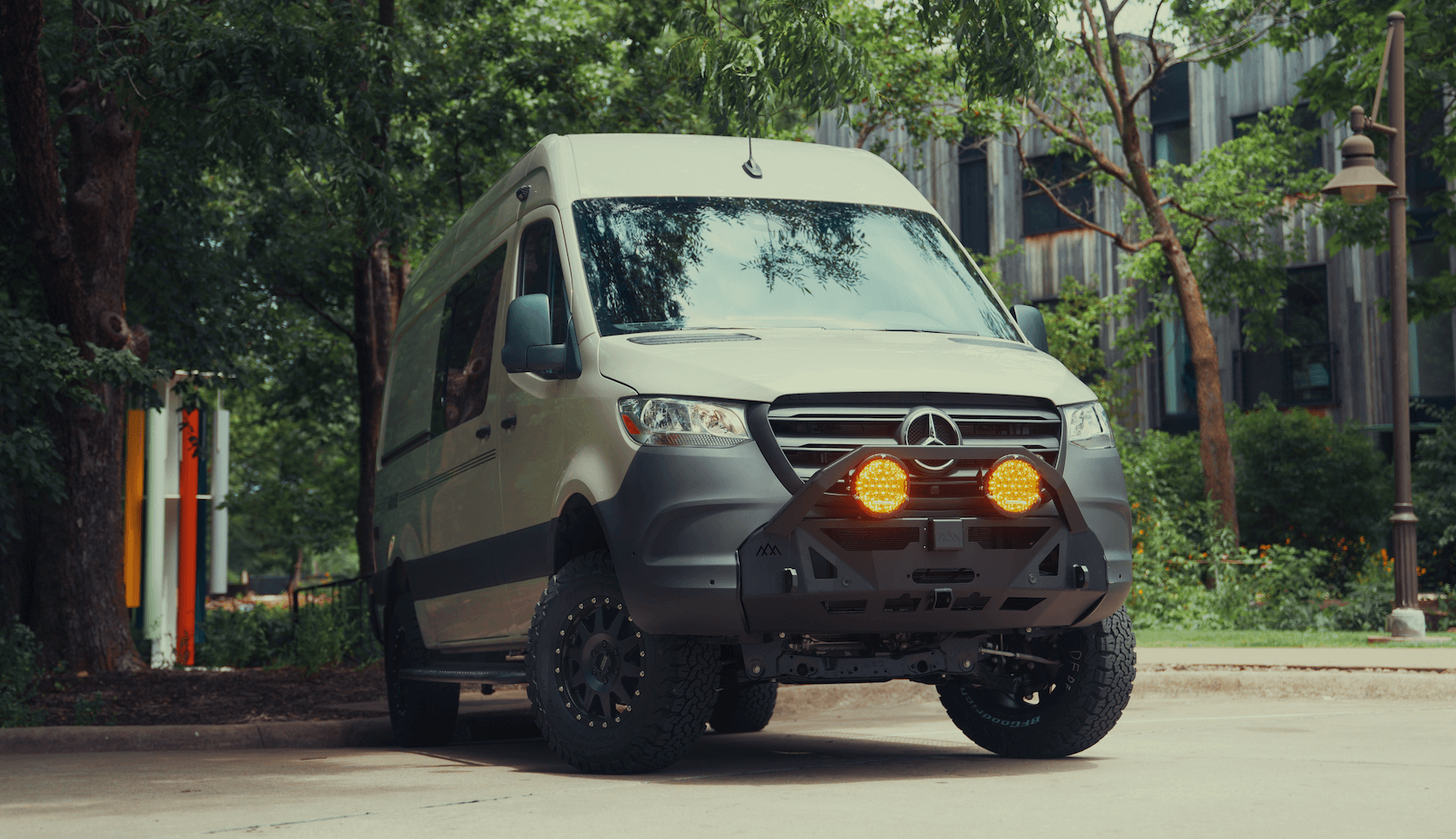Recreational Vans

Water expands as it turns to ice, and that expansion can split fittings, crack filters, and burst rigid tubing. Even a brief freeze can damage a pump head or trap valves with ice, leaving you without water and facing repairs in winter conditions. Heated water lines keep the fluid film above 32 degrees so pressure stays stable and flow remains available. The goal is not to make water hot, but to maintain a safe margin above freezing across the entire run, including the last cold inch at the faucet. When paired with thoughtful routing and insulation, heat makes winter plumbing predictable.
PEX is the go to in mobile builds because it tolerates expansion better than rigid PVC. Use oxygen barrier only where appropriate and stick to potable rated lines for drinking water. Reinforced vinyl can work for short runs but is more vulnerable to kinking and heat creep. Keep fittings minimal, choose brass or high quality polymer rated for the expected temperature, and avoid long exposed spans that invite cold soak. Wherever a line crosses a metal frame member, add a thermal break and abrasion guard.
Most mobile systems use electric heat trace or a recirculation strategy. Electric heat trace is a resistive cable that runs alongside or spirals around the water line and raises its temperature when powered. Self regulating heat trace reduces output as it warms, helping with energy efficiency and safety. Cable must be potable rated if it contacts food grade lines, and should be installed with the manufacturer’s wrap spacing, tape, and termination kit. A thermostat or sensor near the coldest point prevents waste and prevents excessive temperatures.
There are two common approaches. A 120 volt heat trace is efficient when shore power is available and can run through a GFCI circuit for safety. A 12 volt heated hose or trace is convenient for off grid use because it avoids inverter losses and can be fused directly on the DC side. Either way, plan wire gauge for voltage drop, route cables away from sharp edges, and never overlap heat trace on itself unless the product specifically allows it. Always test the cable for continuity before final wrap and insulation.
Hydronic heating loops from a diesel or gasoline fired heater can run near plumbing to temper a cabinet or tank bay. For lines that are hard to trace, a recirculation loop that returns water to the tank can keep flow moving and prevent freezing at endpoints. Add a small mixing valve to avoid scald risk, and insulate the return to reduce losses. These systems excel when paired with a warm utility bay that shelters filters, pumps, and manifolds. A simple freeze sensor can trigger the loop only when needed.
Start with smart routing. Keep lines inside the thermal envelope whenever possible, and if a short exterior run is unavoidable, upsize insulation and minimize exposure. Wrap heat trace straight and consistent, secure with high temperature rated tape, and cap cable ends with the proper kit to keep moisture out. Add closed cell insulation that tolerates the trace temperature and seal seams so wind does not strip heat. Label circuits, add an indicator light or display for status, and protect everything with correct fusing and a GFCI on alternating current.
Every watt matters in winter. Estimate draw by multiplying cable wattage per foot by total length, then apply duty cycle based on climate and insulation quality. A self regulating cable in a well insulated bay may average a fraction of its rated load, while an exposed hose can run near constant in a cold snap. Size battery capacity and solar with a margin for back to back cloudy days, and plan for alternator charging on travel days. A small efficiency gain in insulation can save large amp hours over a season.
Carry a non contact thermometer to scan for cold spots and confirm even heating. If a section feels cold, check continuity at the cable terminals, verify the thermostat or sensor placement, and confirm voltage under load. Look for crushed insulation, loose tape, or moisture intrusion at end seals. As a backup, add low point drains so you can gravity empty vulnerable runs before a storm. A pressure gauge on the cold side can also alert you to ice formation before damage occurs.
The best winter plumbing blends protection, efficiency, and serviceability. That means keeping components accessible, sensors where the cold actually lives, and wiring that is simple to diagnose on a dark roadside. Good installation also respects potable safety with certified materials and careful separation from fuel or exhaust spaces. When done right, heated water lines turn winter from a risk into an ordinary part of your trip plan.
OZK Customs designs winter ready plumbing for mobile rigs and installs heated water lines that match your power system and travel patterns. We build inside thermal envelopes, heat shield exposed spans, and test function before handoff so you head out with confidence. Whether you need a full custom layout, a winterization package, or integration with hydronic cabin heat, our team can model the loads, select the right trace and insulation, and wire it cleanly for service. Visit us in Northwest Arkansas for a consult, tour builds in progress, and plan the smartest path to freeze protection.
Ready to make frozen plumbing a non issue? Share your route, climate targets, and power goals, and we will blueprint a heated water line solution that operates safely and efficiently in real winter. Submit the form to get your build plan and quote.
Ready to stop worrying about frozen plumbing and start enjoying cold weather trips? Tell us how you travel and we will engineer a heated water line system that fits your build, power budget, and climate goals. Submit the form to schedule a consult and get a precise quote.
ADDRESS:
6159 E Huntsville Rd, Fayetteville, AR 72701
PHONE:
(479) 326-9200
EMAIL:
info@ozkvans.com